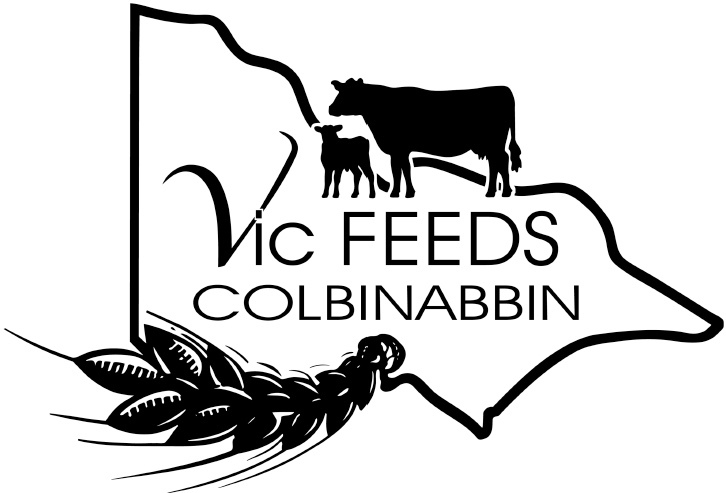NAB - We anticipate Chinese Dairy demand growth to continue
- By: "Farm Tender" News
- Regenerative Ag & Carbon Farming News
- Jan 20, 2020
- 459 views
- Share

This article is bought to you by Vic Feeds.
By Neil Findlay - Agribusiness Customer Executive, National Australia Bank
The interplay between strong farmgate milk prices and high input costs, tough seasonal conditions, and a low Australian dollar has dominated the Australian dairy landscape in recent times.
At $6.95/kgms the farm gate milk price is at levels not seen since 2013-14, but several key factors between now and then have placed the sector in a very different position.
As outlined in our Dairy in Focus report, released this week, higher feed and water costs have been key challenges.
NAB’s feed grain price index for the season to date is at $316/t, which is roughly 23 per cent higher than it was in 2013-14. With very low yields this season, we don’t foresee much downside here until a decent seasonal break arrives.
Temporary water prices are also elevated, over five times higher in the Lower Goulburn compared to 2013-14, averaging $664/ML for January 2020 to date.
The impact of seasonal conditions has been very region specific. We’ve seen south-west Victoria, south-west Gippsland and parts of Tasmania enjoy reasonable conditions for much of 2019.
At the same time, East Gippsland was very dry, and the irrigation-dependent region of Northern Victoria has faced an extended period of high water and feed prices.
Global dairy demand growth has been supportive of prices, and we anticipate Chinese dairy demand growth to continue.
In terms of production, milk flow for major international producers remains positive, although growth is slower than some had anticipated.
Ad - For the best custom Feed Pellets contact Vic Feeds and get your Cattle, Sheep and Lambs into the heavy pen - Ad
EU28 milk production is running at the top of its five year range, as is the United States.
New Zealand’s production is slightly down compared to levels a year ago, but volume risk is very low with production having increased significantly over time. In fact, NZ produced 71 per cent more milk in 2018 than in 2000.
Domestic milk production fell to just under 8.8 billion litres in 2018-19, the lowest since 1995-96.
We need better seasonal conditions and easing input costs to reduce this fall in production, but increased plantings of permanent crops, like almonds, in the Murray Darling Basin could structurally increase the price of water in northern Victoria, which will likely hamper any increase in milk production there.
Tasmania was a bright light, with the state’s share of national milk production almost doubling to 10 per cent in the past 20 years due largely to milder climatic conditions and good water availability.
Finally, global milk prices remain below their 2013-14 peak in USD terms, but this has been largely offset by the weaker Australian dollar, which is expected to keep AUD dairy export prices elevated.
The AUD averaged 91c in 2013-14, but is sitting around 68c so far this season. Our USD denominated dairy price outlook is neutral, and the NAB house view is the AUD will only appreciate modestly to reach 75c by mid-2022.













Share Ag News Via